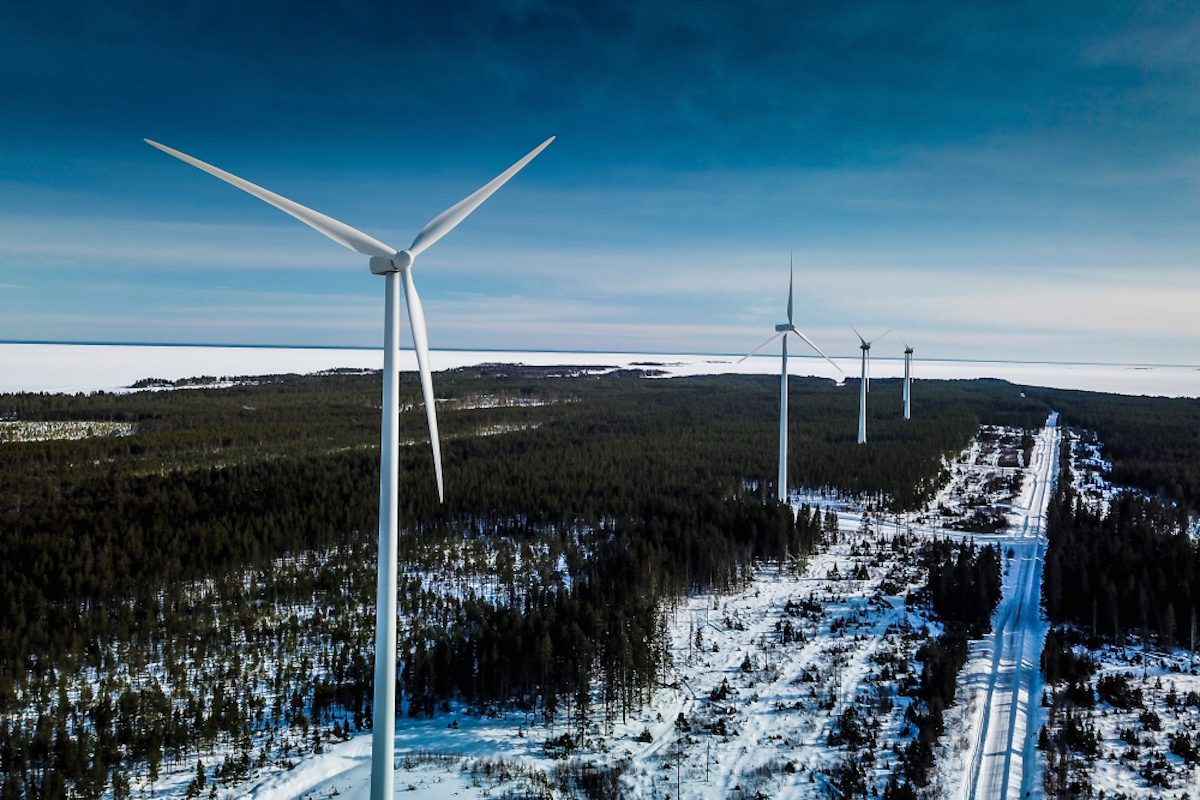
- 75 states and regions are generating 45% of their electricity from renewable sources
- States and regions have, on average, reduced emissions by 14% as global emissions continue to rise
- The Climate Group and CDP call for states and regions to set more ambitious emissions reduction targets for 2030 and beyond to limit global heating to 1.5°C (2.7°F)
State and regional governments around the world are advancing the global transition to renewable electricity, according to a new report released on 21 November by international non-profits The Climate Group and CDP, ahead of the United Nations’ Climate Change Conference in December (COP25).
The Global States and Regions Annual Disclosure 2019, said to be the most comprehensive account of state and regional climate action released to date, summarises data from 124 states and regions from 35 countries, representing US $17 trillion – 20% of the global economy, with a combined population of 669 million people.
It reveals that 75 states and regions are now powering their economies with 45% renewable electricity. By comparison, only 25% of global electricity is renewable.
Seven states and regions[i] from across Norway, Sweden, Brazil and Peru are already powered by 100% renewable electricity, and a further five[ii] have committed to achieving this target.
Even more encouragingly, some governments are going beyond just producing and consuming electricity from renewable sources. Seven states and regions[iii], including Catalonia, Spain and Thuringia, Germany, have set ambitious plans to decarbonize their entire energy mix across all sectors such as industry, agriculture and transport.
Tim Ash Vie, Director of the Under2 Coalition of states and regions at The Climate Group, said: “States and regions are crucial actors in addressing the climate crisis. They have the power to make significant emissions reductions across areas such as energy generation, land use and transport. They are continuing to make measurable progress in decarbonizing their electricity and are setting ambitious plans to be powered by 100% renewable energy, going further and faster than many national governments.”
Kyra Appleby, Global Director, Cities, States and Regions at CDP, said: “From Hawaii to Catalonia states and regions are setting ambitious net-zero emissions targets demonstrating their key role in reducing global emissions. We call on states and regions around the globe to rapidly reduce emissions by transitioning to renewable energy and stopping deforestation within their boundaries. The first step in action is disclosure, and we invite the states and regions of the world to join those represented in this report and share their climate strategies through CDP.”
States and regions[iv] have on average reduced emissions by 14%[v] – significant progress as global average emissions have risen by 42%[vi].
However, despite state and regional climate targets for 2020 being on track, the report projects a slowing rate of emissions reductions over the next decade. This means the level of ambition for 2030 targets needs to be raised in order to limit global heating to 1.5°C.
Tim Ash Vie added: “It is encouraging to see that the ambition of the targets for leading state and regional governments is increasingly in line with what is required to meet the 1.5°C goal. However, as we enter the climate decade, states and regions now need to focus on 2030 and uplift their ambition.”
Other findings:
- Net-zero targets: 11 states and regions have net-zero emissions goals for 2050[vii] including the Australian Capital Territory (ACT), California, Catalonia, New York State and Scotland (nine of which are members of the Under2 Coalition of states and regions)
- Adaptation & mitigation actions: States and regions disclosed over 650 actions they are taking to adapt to climate change and nearly 4,000 mitigation actions they are taking across 11 sectors
- Electro-mobility: 59 state and regional governments are installing electric vehicle charging infrastructure in their jurisdictions
- Deforestation: 82% of Latin American states and regions reporting forest data cited[viii] the main drivers for deforestation are small scale agriculture (21%), livestock farming (14%) and fires (14%)
Find out more about the Global States and Regions Annual Disclosure report here.
Notes
[i] The seven states and regions which are already powered by 100% renewable electricity include:
Jämtland, Sweden
Akershus, Norway
Nordland, Norway
Oppland, Norway
Nord Trøndelag, Norway
Tocantins, Brazil
Piura, Peru
[ii] The five state and regions that have committed to 100% renewable electricity targets are:
Australian Capital Territory, Australia
Hesse, Germany
Lower Austria, Austria
New Caledonia, France
Scotland, UK
[iii] The seven state and regions that have committed to 100% renewable energy targets are:
Jämtland, Sweden
Thuringia, Germany
Hesse, Germany
Occitanie, France
Catalonia, Spain
Lower Saxony, Germany
North Denmark, Denmark
[iv] This is based on 63 states and regions disclosing base year and current emissions
[v] Compared to their base year (a reference point in the past with which current emissions can be compared)
[vi] Climate Analytics and NewClimate Institute (2019) Climate Action Tracker.
[vii] The 11 states and regions with 100% net-zero emissions targets by 2050 or earlier are:
Australian Capital Territory, Australia
California, U.S.
Catalonia, U.S.
Hawaii, U.S.
Helsinki-Uusimaa, Finland
New York, U.S.
Nord Trøndelag, Norway
Queensland, Australia
Scotland, UK
Thuringia, Germany
Victoria, Australia
[viii] CDP’s 2019 States and Regions questionnaire’s forest thematic module is funded by the International Climate Initiative (IKI). The Federal Ministry for the Environment, Nature Conservation and Nuclear Safety (BMU) supports this initiative on the basis of a decision adopted by the German Bundestag.






